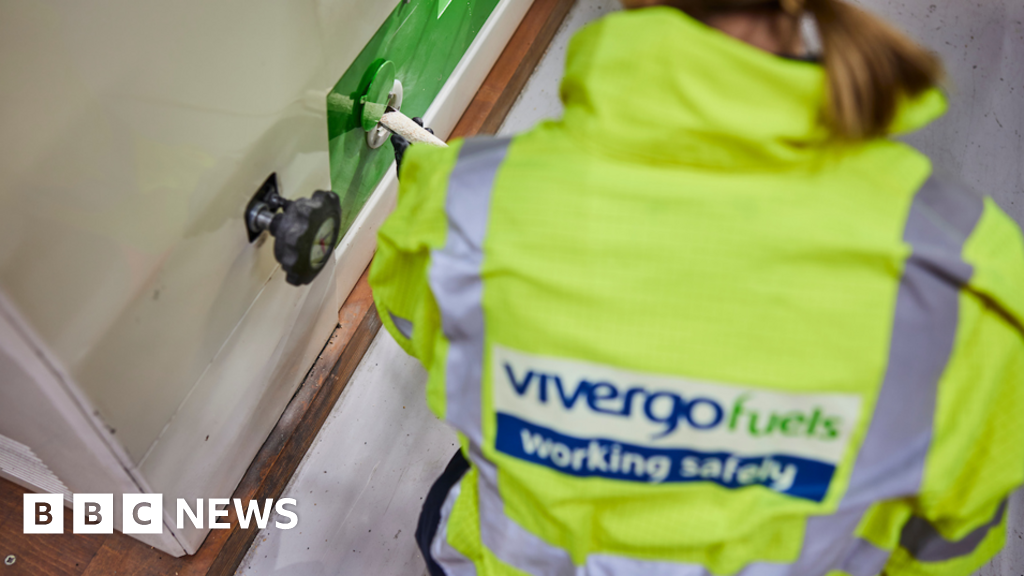To say that artificial intelligence has been one of this year’s hottest workplace topics is an understatement.
New research from the Conference Board, for instance, found that more than half of U.S. workers are already using AI at work, while a recent study on ChatGPT predicted that the tool from OpenAI has the potential to impact 10% of tasks at 80% of U.S. jobs.—and half of the tasks for 19% of workers.
Many business leaders are now chasing those numbers in an increasingly crowded new segment of the tech marketplace—but without a measured, strategic approach, they could find their organizations on the losing side of the race to an AI-augmented workplace.
“The present is so noisy,” said Bob Johansen, distinguished fellow at the Institute for the Future, at this week’s RECALIBRATE, an annual summit from the NeuroLeadership Institute.
On a panel exploring how employers can leverage AI to build a more human culture, Johansen advised business leaders not to get distracted by today’s AI hype as they strategize. Instead, he said, look 10 years down the line and work backward—to anchor the strategy in the organization’s long-term priorities.
“We need to take more of a future-back point of view to try to sort out what are our values, our perspectives, our purposes that we’re building on?” he says. “Don’t get overwhelmed by the noisy now. What are your priorities?”
HR can bring significant value to those discussions, Johansen says, particularly focusing leadership attention not just on business priorities for AI augmentation but also on worker perspectives.
Many organizations may have put off those conversations in recent years because the impact of AI on work was largely “abstract,” said Barby McGann, managing director and senior vice president of Workday Ventures. However, the rapid development of AI tools in the last year—and the appetite for them among the public—is emphasizing the urgency to strategize now.
“Organizations are seeing how quickly and how broadly work will change,” she says, noting AI is already writing code, analyzing legal documents, delivering customer and employee service, accelerating scientific discovery and more. And those capabilities are enabled by an explosion of new tools—the breadth of which is complicating how employers build their strategies, she says. For instance, just in the HR technology market, McGann estimates more than 100 companies have brought to market generative AI-driven tools, just in the last six months.
The talent acquisition space is seeing the most innovation, and adoption, but AI is being weaved into technology powering everything from the candidate and employee experience to performance management, benefits administration and people analytics, she says.
Consider your AI narrative
Purchases, however, shouldn’t be driven by a push to keep up with trends—but rather need to be informed by the “future-back,” big-picture look, McGann notes.

For instance, Workday recently partnered with generative AI assessment tool Workhelix to understand the “total workforce exposure”: How could AI impact jobs, job families, work tasks? And what does that mean in terms of actual cost savings? At Workday, the tool estimated that 57% of jobs had an opportunity to be impacted by generative AI, translating into $35.6 million in terms of productivity savings.
“We’re using this at Workday to plan and think how we shift, reskill, where we’re hiring for generative AI,” she says.
See also: Workday jumps into talent intelligence with new AI career growth tool
Part of strategically planning for generative AI, she adds, is changing the narrative about its impact: HR can push their organizations and workforces away from the doomsday predictions about AI’s “disruptive” impact on jobs and toward viewing the technology as an enabler.
“If it’s harnessed in the right way, generative AI can create better jobs, better ways to work and live, and have a positive economic impact,” she says. “As long as it’s done responsibly.”
In that vein, Johansen adds, HR needs to lean into transparency as business leaders formulate a strategy for leveraging AI.
“The question isn’t whether; all jobs are going to be augmented in some way,” he says. “If you’re not going to augment, you’re going to be out of the game. The question is how. Here is the time we can actually choose.”
Credit: Source link











